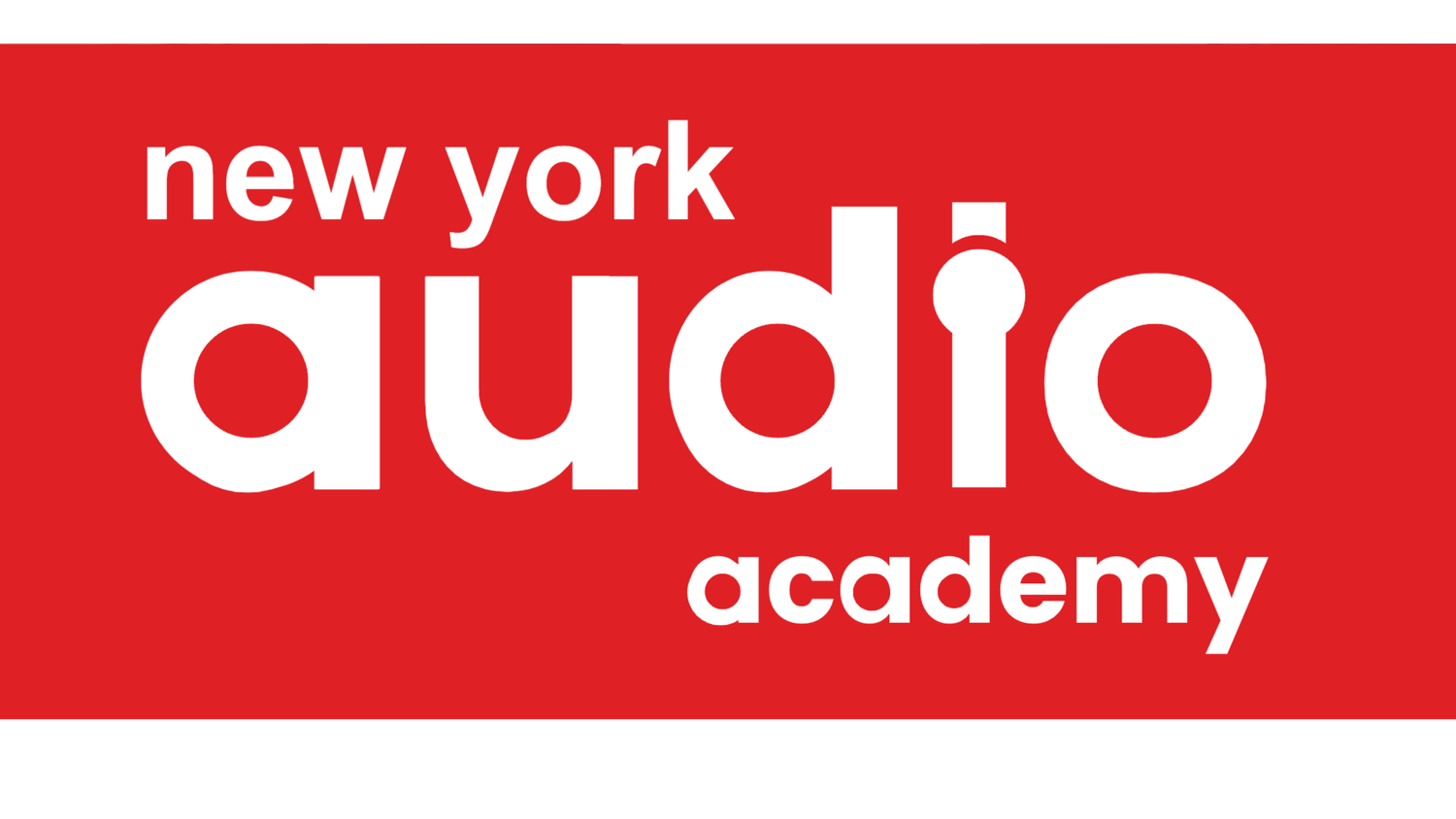Understanding Reverb: An Essential Guide for Beginners
Reverb, or reverberation, is a fundamental effect in audio production that can transform flat recordings into vibrant, living soundscapes. Whether you're a budding musician, a podcast creator, or just curious about how sounds are engineered, understanding reverb is crucial. This post will introduce you to the basics of reverb, explaining what it is, how it works, and how to use it effectively in your audio projects.
What is Reverb?
Reverb is the effect produced when sound waves reflect off surfaces and return to the listener's ears at slightly different times. It’s the sound you hear when you clap in a cathedral, sing in the bathroom, or shout across a mountain valley. These reflections add a sense of space and atmosphere to sounds, making them feel more natural or more dramatic, depending on the setting.
In audio production, reverb is used to simulate these natural reflections, allowing producers to create the illusion that a sound is occurring in a specific space, from a small room to a vast hall.
How Does Reverb Work?
When a sound is made, it travels outward in all directions. When these sound waves encounter surfaces (like walls, ceilings, and floors), they are reflected back, creating echoes. These echoes then continue to bounce around, gradually losing energy until they become inaudible. Reverb is essentially a collection of these many echoes, blending together into a wash of sound that follows the initial sound.
Types of Reverb
There are several types of reverb effects that are used in audio production, each providing a different texture and feel:
Room Reverb: Simulates the natural reverberations of a room. The size of the room can be adjusted to affect the sound, from the tight reverb of a small box to the expansive echo of a large room.
Hall Reverb: Designed to mimic the sound of large halls, this type of reverb is richer and more prolonged than room reverb, suitable for orchestral pieces or any audio that benefits from a grand, airy effect.
Plate Reverb: Originally created by sending sound through a large metal plate, plate reverb is known for its bright, clean reverb tail. It’s often used in vocal recordings to add a lush texture without muddying the clarity of the vocals.
Spring Reverb: Made popular by guitar amplifiers, spring reverb uses a set of metal springs to create a distinctive twangy sound. It's great for adding a vintage vibe to any track.
Digital Reverb: Modern digital reverbs can simulate any type of reverb or even combine characteristics of different types to create new, unique spaces.
Using Reverb in Your Projects
Using reverb effectively requires a bit of practice and a good ear for detail. Here are some tips on how to use reverb:
Add Depth and Space: By adjusting the amount of reverb, you can make a sound appear closer or farther away. Less reverb brings a sound to the forefront, while more reverb pushes it back, creating depth in your mix.
Match the Reverb to the Setting: Consider the context of your project. A solo acoustic guitar might sound best with a small room reverb, while a rock band might benefit from the broader sound of hall reverb.
Use Reverb Sends: Instead of applying reverb directly to each track, use a send to route multiple tracks to a single reverb processor. This technique saves CPU resources and helps glue the mix together by placing different elements in the same acoustic space.
Be Subtle: It’s easy to overuse reverb, so start with a light touch and increase as needed. Too much reverb can make a mix sound washed out or distant.
Conclusion
Reverb is more than just an effect; it's a powerful tool that can enhance your audio and bring your projects to life. By understanding and applying different types of reverb, you can add dimension and emotion to your sound, ensuring that your productions sound professional and polished. Experiment with different settings, listen carefully, and let your ears guide you in finding the perfect reverb for your sound!
